Archives
- 2018-07
- 2018-10
- 2018-11
- 2019-04
- 2019-05
- 2019-06
- 2019-07
- 2019-08
- 2019-09
- 2019-10
- 2019-11
- 2019-12
- 2020-01
- 2020-02
- 2020-03
- 2020-04
- 2020-05
- 2020-06
- 2020-07
- 2020-08
- 2020-09
- 2020-10
- 2020-11
- 2020-12
- 2021-01
- 2021-02
- 2021-03
- 2021-04
- 2021-05
- 2021-06
- 2021-07
- 2021-08
- 2021-09
- 2021-10
- 2021-11
- 2021-12
- 2022-01
- 2022-02
- 2022-03
- 2022-04
- 2022-05
- 2022-06
- 2022-07
- 2022-08
- 2022-09
- 2022-10
- 2022-11
- 2022-12
- 2023-01
- 2023-02
- 2023-03
- 2023-04
- 2023-05
- 2023-06
- 2023-08
- 2023-09
- 2023-10
- 2023-11
- 2023-12
- 2024-01
- 2024-02
- 2024-03
- 2024-04
- 2024-05
- 2024-06
- 2024-07
- 2024-08
- 2024-09
- 2024-10
- 2024-11
- 2024-12
- 2025-01
- 2025-02
- 2025-03
-
In our former work our interest
2021-01-06
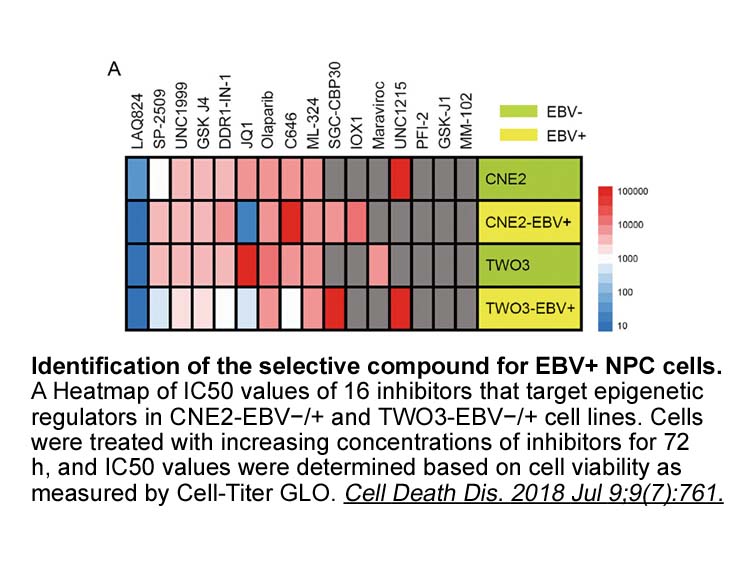
In our former work, our interest was in discovery of novel VEGFR-2 inhibitors as anti-angiogenesis agents. Along this line, with natural alkaloid taspine as the lead compound, rounds of structure optimization were performed to develop novel VEGFR-2 inhibitors [[13], [14], [15]]. Among them, BPS-7, b
-
br Disclaimer Statement br Introduction The erythropoietin p
2021-01-06
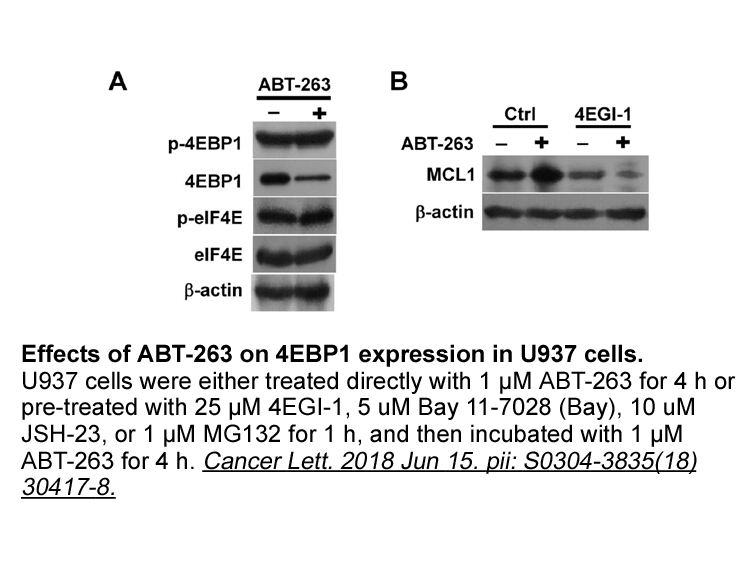
Disclaimer Statement Introduction The erythropoietin-producing hepatoma (Eph) receptors represent the largest class of receptor tyrosine kinases (RTKs). They are type I transmembrane proteins that interact with their membrane-bound ligands the ephrins and facilitate cell-to-cell contacts resul
-
Co operation or synergy between PKA
2021-01-06
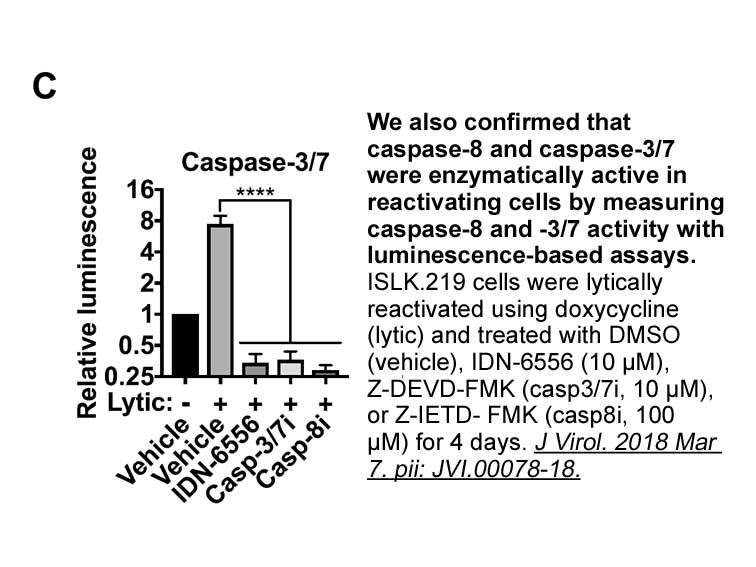
Co-operation or synergy between PKA and Epac has been recently reported in PCCL3 thyroid cell line in which cAMP is pro-mitogenic, in nmda receptor antagonist to VSMC [19]. Our study demonstrates for the first time that PKA and Epac also synergise to inhibit cell proliferation in a cell type where
-
EPAC induces SOCS gene expression in VECs resulting in
2021-01-06
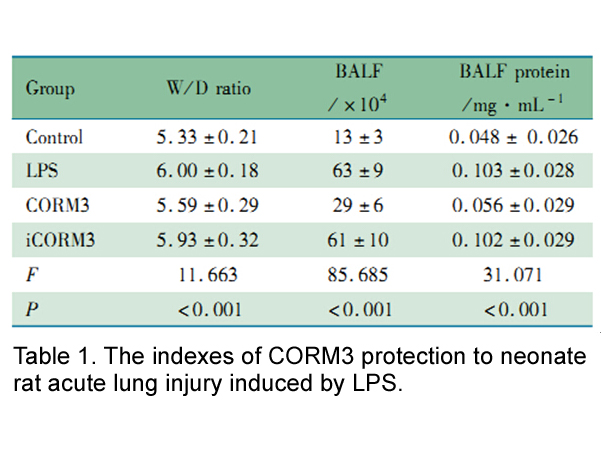
EPAC1 induces SOCS3 gene expression in VECs, resulting in suppression of the JAK–STAT activation initiated by the sIL-6Rα/IL-6 trans-signalling complex [67]. EPAC1 regulates SOCS3 gene induction through the activation of C/EBP and c-Jun transcription factors, which interact directly with the SOCS3 p
-
EP is the major receptor to mediate
2021-01-06
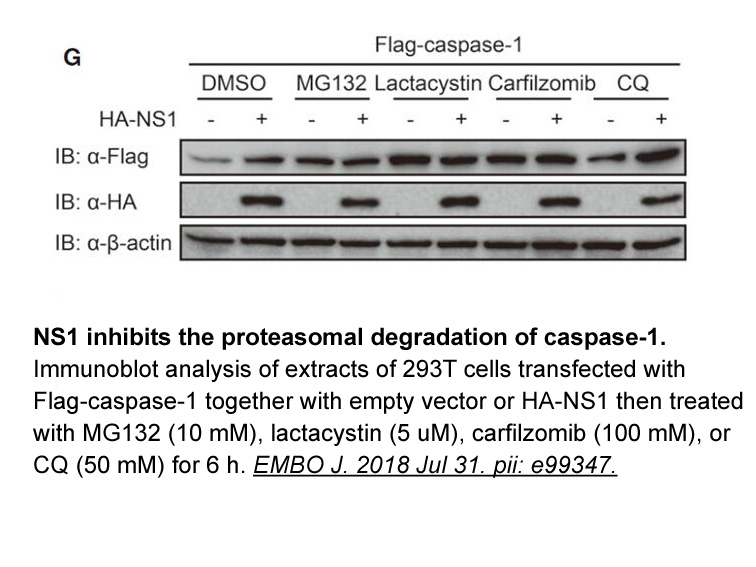
EP4 is the major receptor to mediate PGE2-induced inflammatory pain. EP4 is upregulated by GSK2194069 in DRG neurons [16]. Intrathecal injection of the EP4 agonist produced pain responses [25]. Either systemic or local injection of EP4 antagonists relieves inflammatory pain [3], [16], [26]. However
-
An Ubl modification requires several steps that
2021-01-06
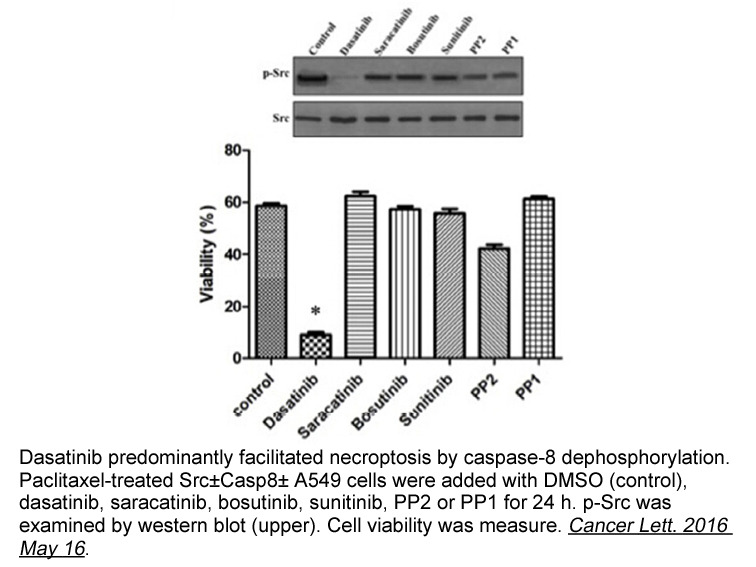
An Ubl modification requires several steps that are catalyzed by three enzymes, referred to as E1 (activating enzyme), E2 (conjugation enzyme), and E3 (ligase). The SUMO E1 is a heterodimer of SAE1 and Uba2 (also known as SAE2). In brief, an Ubl is first activated by E1 through ATP hydrolysis and fo
-
br Ultrasonic pretreatment of substrates Substrate pretreatm
2021-01-06

Ultrasonic pretreatment of substrates Substrate pretreatment is widely used in the biofuel, textile and food industries since the substrates are always difficult to degrade. During some enzymatic hydrolysis reactions, the protective layer of the substrate impedes the reaction. Ultrasonic treatmen
-
Because sex steroids and growth hormone
2021-01-06
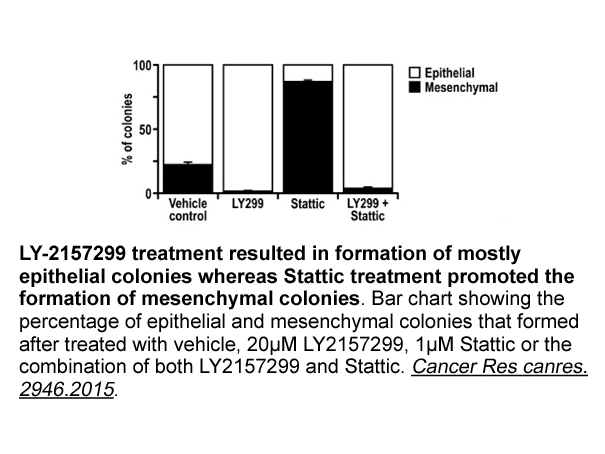
Because sex steroids and growth hormone play an important role in the development and maintenance of hepatic CYP450 enzyme expression and ER expression, it is possible that exposure to endocrine active agents during gestation and perinatally could alter expression of these proteins. Therefore, these
-
Gene chip is a detection technique that can detect all
2021-01-06
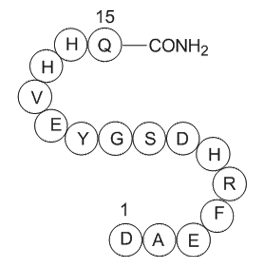
Gene chip is a detection technique that can detect all the time-point differentially expressed genes (DEGs) information within the same sample. However, due to sample heterogeneity or different sequencing platform, the results for the expressed mRNAs are inconsistent with different gene profile. The
-
Both the kK and kK mediated ubiquitination leads
2021-01-06
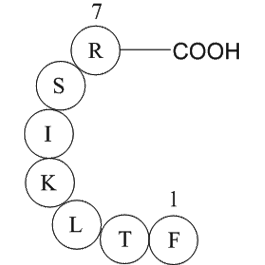
Both, the kK3 and kK5-mediated ubiquitination leads to rapid internalisation of target proteins followed by lysosomal degradation, similar to that seen for MARCH-1/8 [77]. Ubiquitination activity of kK3 and kK5 depends on the positioning of the targeted lysine (or cysteine) residues [22]. The positi
-
br Concluding Remarks Recent studies have provided
2021-01-06
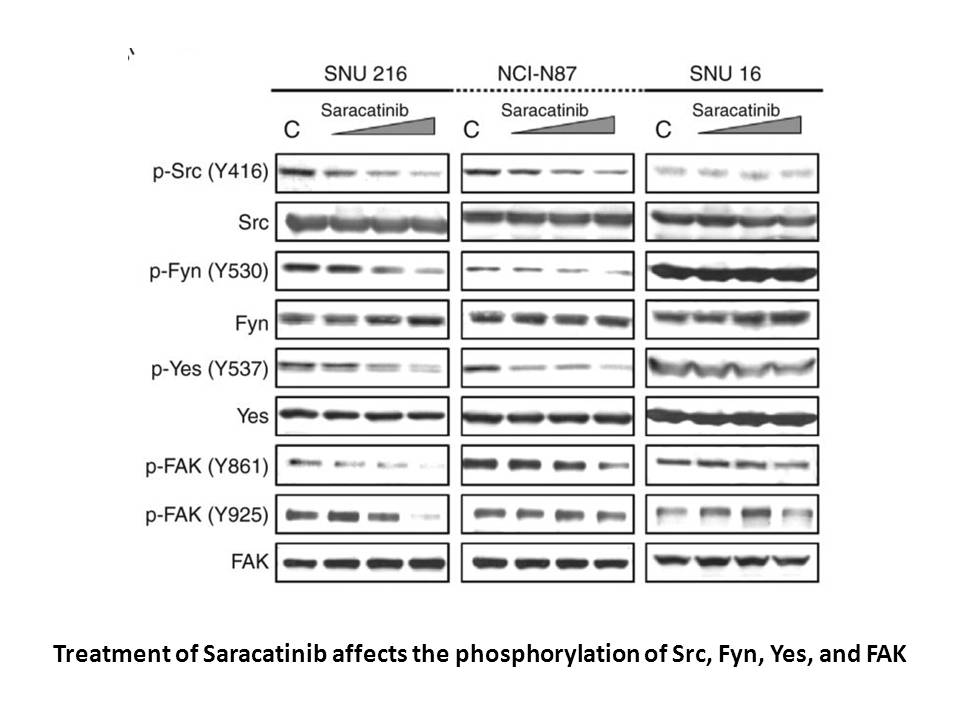
Concluding Remarks Recent studies have provided unprecedented details of APC/C structure and enzymology, which explain how the activity of this massive E3 ligase is controlled, and how ubiquitylation is achieved to temporally regulate cell division. Although one pervasive question has been why th
-
Gliptins have become a part of various therapeutic
2021-01-06
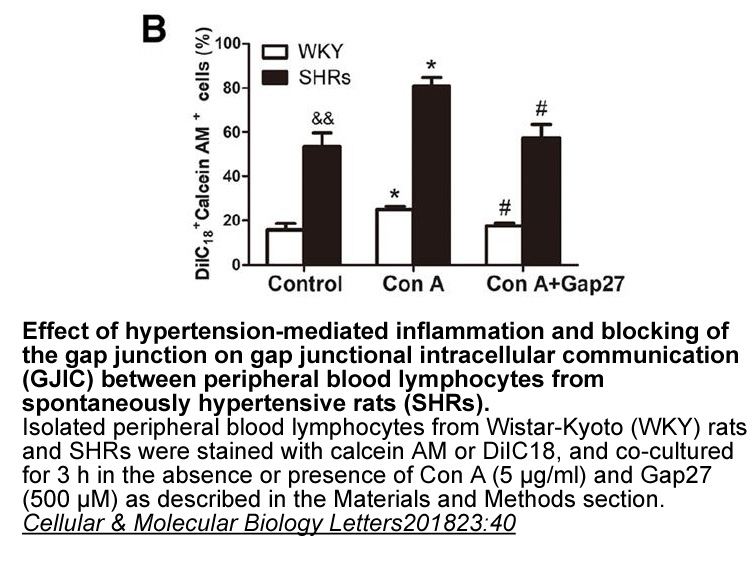
Gliptins have become a part of various therapeutic regimens to treat type 2 diabetics in recent decades. Gliptins were developed to lower the blood glucose in type 2 diabetes patients and have been shown to be effective [4,5]. More than a dozen gliptins have been developed for the treatment of T2DM,
-
Dipeptidyl peptidase inhibitors DPP is or gliptins stimulate
2021-01-06
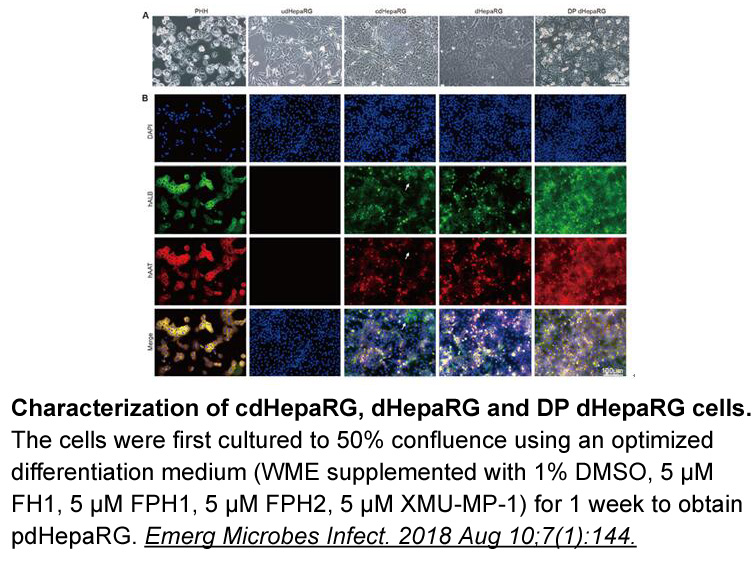
Dipeptidyl peptidase-4 inhibitors (DPP-4is or gliptins) stimulate both post-meal insulin secretion and inhibit Valinomycin secretion in a glucose-dependent manner, rendering the risk of hypoglycaemia minimal [10]. They are weight-neutral or may even induce slight weight loss. Their good efficacy ha
-
Structural changes within the heteromer induced by agonist a
2021-01-06
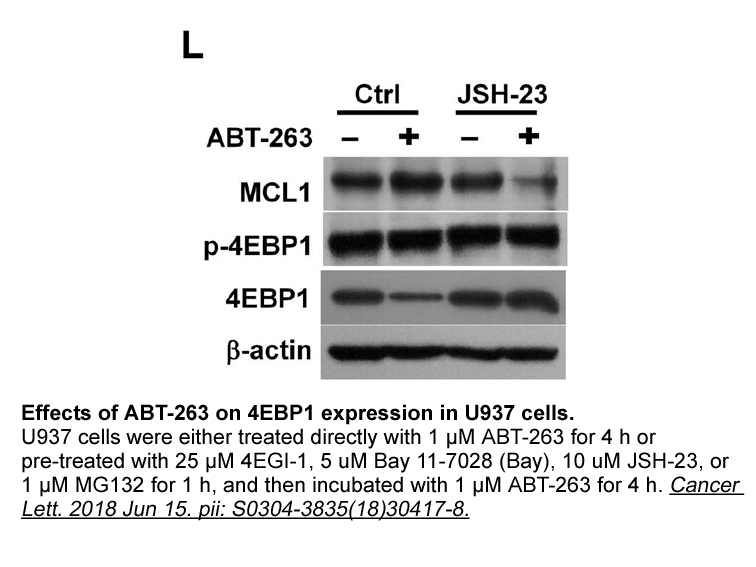
Structural changes within the heteromer induced by agonist administration show a high level of complication. The presented results obtained in quantitative FLIM-FRET measurements with two selective ligands match the qualitative conclusions indicated by changes in the intracellular calcium level. The
-
Another mechanism underlying on the
2021-01-06

Another mechanism underlying on the toxicity of dopaminergic neurons might be related to dopamine-dependent initial oxidative stress [60]. Dopamine LCQ-908 mediated by monoamine oxidase (MAO) can produce hydrogen peroxide as a by-product, and excess dopamine can undergo auto-oxidation to quinones o
15668 records 704/1045 page Previous Next First page 上5页 701702703704705 下5页 Last page